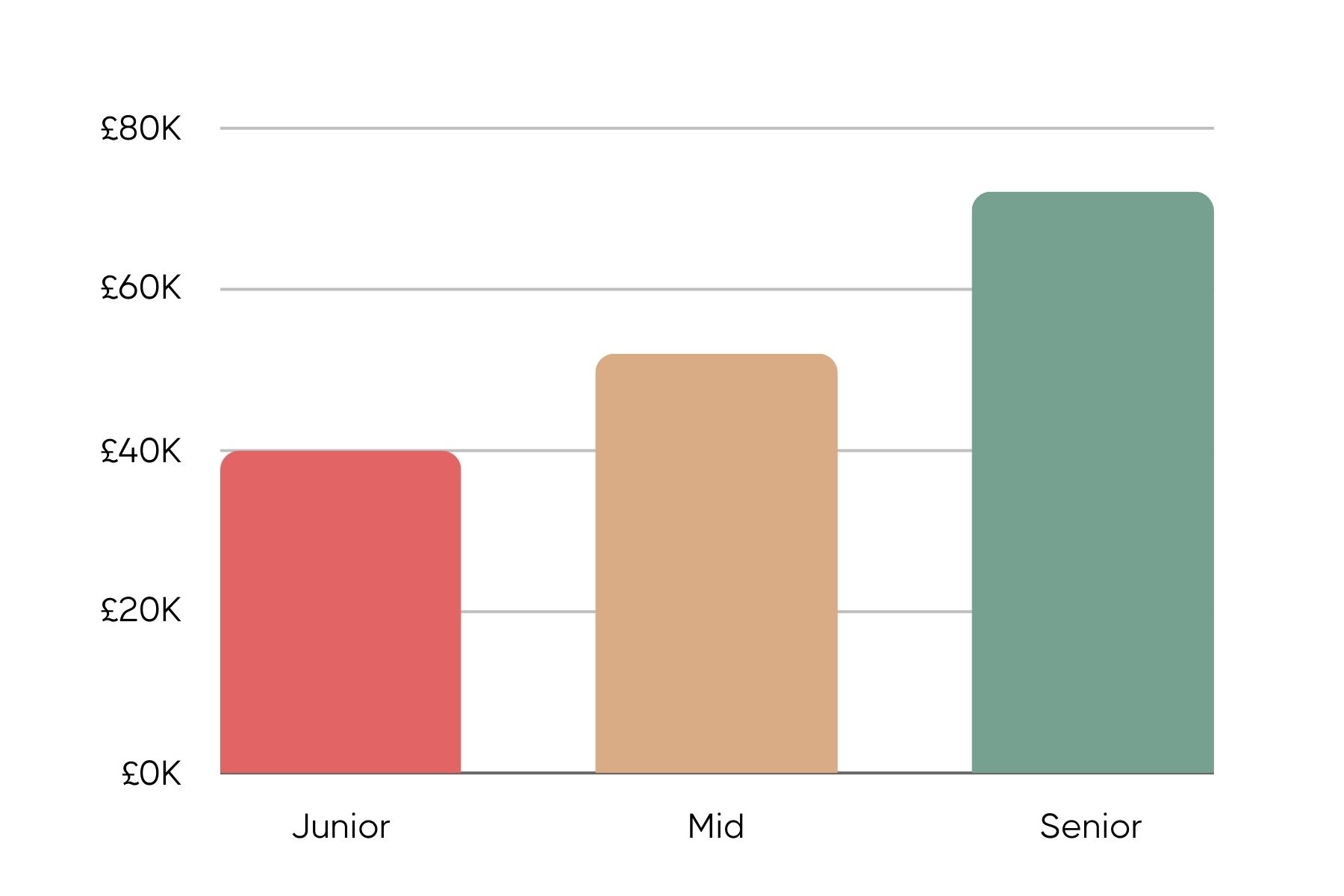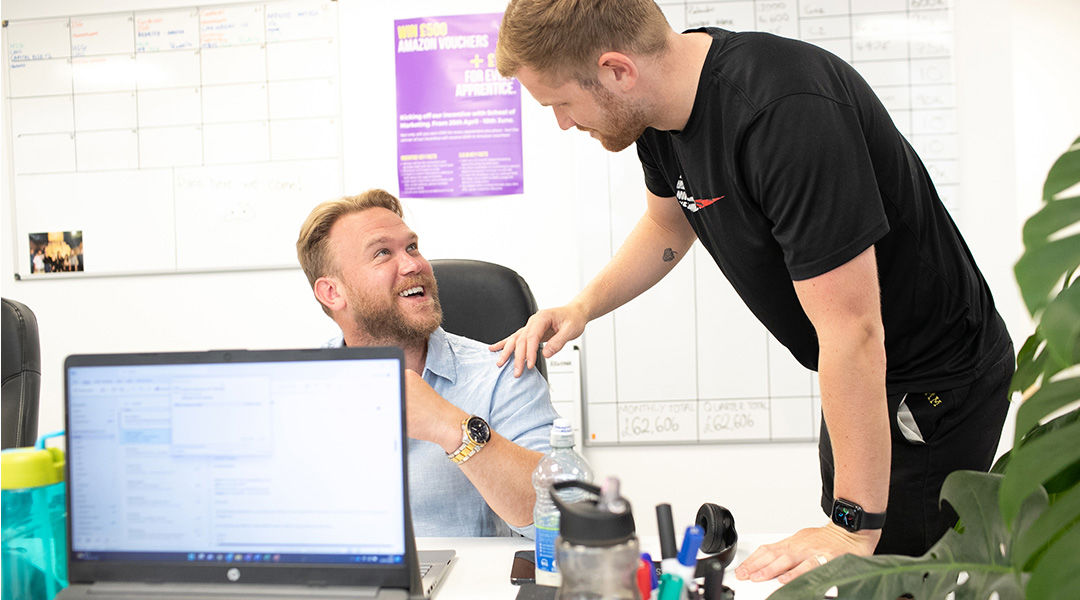Upload Your CV
Send us your CV and a member of the team will be in touch to discuss open opportunities with you.
Growing your design capabilities? Our recruiters can support your search.
This page details key information about the User Experience (UX) Designer job title. Keep reading to learn the main responsibilities, salaries and how to approach design recruitment.
For more advice get in touch with our expert recruiters for a no-strings-attached chat.
User Experience Designers are responsible for managing the entire UX design process. As key members of your design team, they research, design and implement website or application designs to meet user needs.
The UX Designer job description can change depending on the business, product or service. Nevertheless, a typical day of a designer includes:
The ideal candidate will have the following skills and capabilities:
Across the UK, the average salary for a User Experience Designer is:
Pay depends on the location of the role, size of business and seniority you're hiring for. For more information about salaries, download our salary guide below.

In many businesses the role will conduct user testing, but sometimes UX Designers work with a dedicated UX Researcher. The latter team structure allows the design process to run much more smoothly.

We have specialist teams of permanent and contract recruiters who can support each unique hire. To learn more and discuss your options, request a call back.
Designers should be a permanent part of your business. Your brand's digital presence is in the hands of your designers, so it's important that they understand your business inside-out. That's why permanent recruitment is the most common option for digital design.
Companies usually hire design contractors to assist the permanent design team with project-based work. For instance, a company building a new application might engage a UX Designer on a fixed-term contract. In this capacity, they can support the build and allow the team to meet their deadlines.

When progressing their careers, designers might pursue the following job titles.
For those designers who are more interested in the research element of the job, the UX Researcher role is a great move! A UX Researcher focuses on gathering data to make informed decisions about the design of a platform. They are able to understand target users' behaviours, pain points and requirements.
With enough experience in UX design, talent can pursue the Head of job title. This senior leadership role is responsible for leading the design and usability of a company's digital platforms. Responsible for managing and developing a team of designers, this role is the perfect opportunity to develop management skills.
Yes, the demand for UX skills has grown significantly in recent years. With the majority of businesses now having to invest in apps as well as websites, UX Designers are instrumental to a brand's digital growth.
The path to becoming a User Experience Designer is simpler now than ever before. 10 years ago, it was common to graduate with a graphic design qualification, start your career in digital design and later transition into a UX role. Now, with the increased demand for UX design skills, universities also offer courses in UX. This has allowed for more entry-level opportunities.
It's never too late to become a UX Designer. For those looking to transition from a different role, there are many courses that can help you gain experience in UX. We recommend General Assembly for UX Certifications.
User interface (UI) design focuses on the aesthetics of a platform, crafting an impactful visual design. Meanwhile, user experience design focuses on identifying and solving user problems. A UX/UI Designer encompasses both of these skill sets.
On average, a UX Designer can expect a salary of £40,000 - £60,000. This can fluctuate depending on location, company size and years of experience. For more salary advice, download our salary guide.


Growing your digital or marketing team? Find out how we can support your search here.